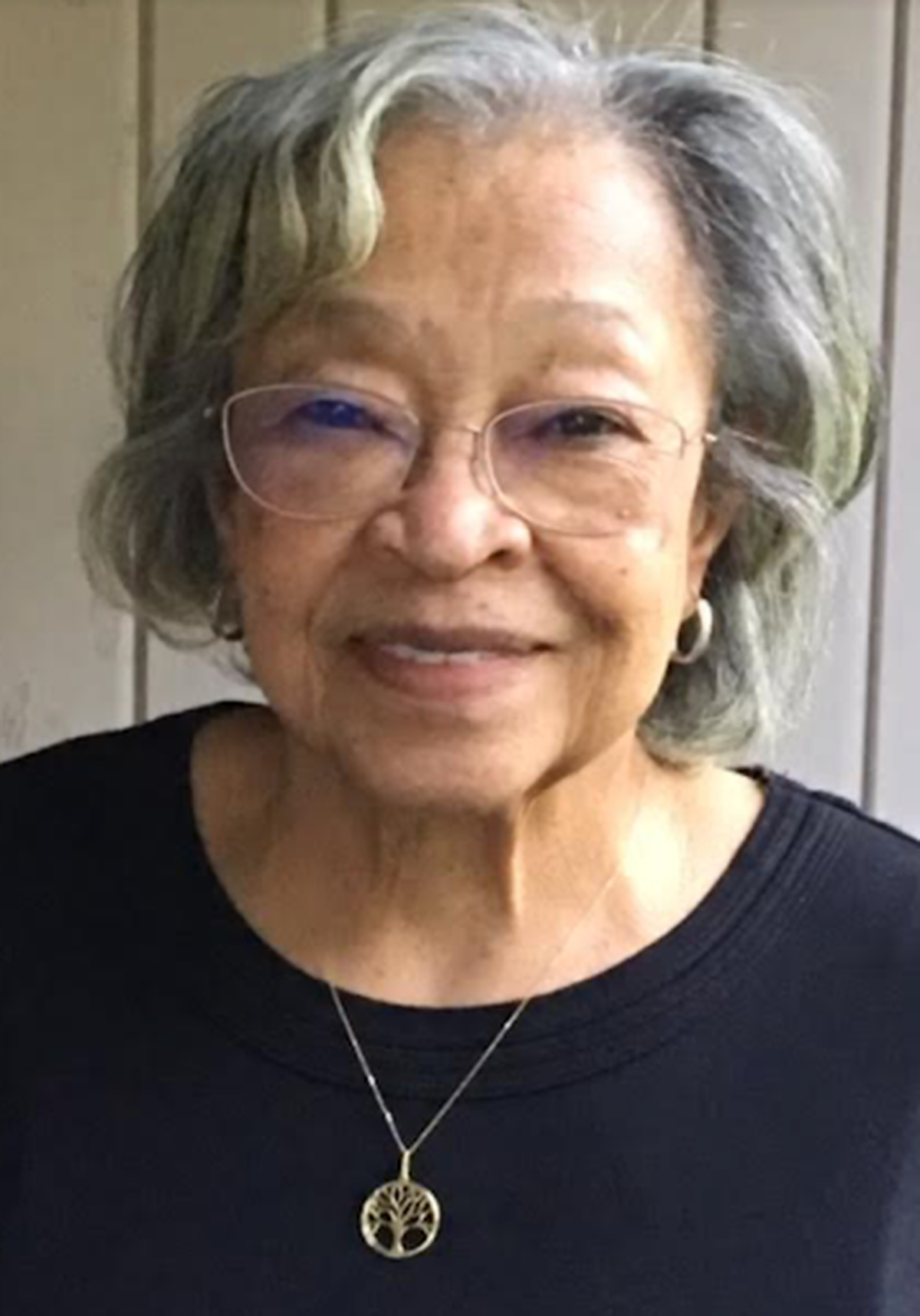As America celebrates July 4, we must acknowledge the painful history tied to this national holiday. The freedom declared on July 4, 1776, from the British was not granted to all Americans; Black people remained enslaved on plantations and small farms. After years of research, it was time for me to confront my fears of visiting the plantation where my ancestors had been enslaved. Before I even learned the name of this plantation, I had already toured three others, but none were connected to my family. It feels different when you are related to people who were enslaved.
In my March 2025 article for the Black Lens, I wrote about discovering my ancestors in the book “The Black Family in Slavery and Freedom 1750-1925” by Herbert G. Gutman, which mentioned the Stirling Plantation and its location in St. Francisville, Louisiana, where my ancestors had been enslaved. While visiting New Orleans for a funeral in September 2012, my husband and I chose to explore St. Francisville in West Feliciana Parish, Louisiana – the place that my paternal grandmother had fondly remembered. Dubbed “Audubon’s Happy Land” in 1939 by Katherine Porter, St. Francisville was no happy land for people who were enslaved on one of Lewis Stirling’s three plantations.
Less than an hour from Baton Rouge, on the bluffs overlooking the Mississippi River, lies the historic community of St. Francisville, nestled in the rolling hills of the Felicianas. It features landmark homes, B&Bs, shops, and antebellum plantations. This charming little town has inspired many creative artists, including John James Audubon, who was hired to tutor a child at the Oakley Plantation. It was here that the naturalist painted at least 80 of the 435 birds featured in his mammoth book, Birds of America.
The first stop was the West Feliciana Historical Society Museum. I saw photos of Stirling Plantation and inquired about its location. I received a map and directions. While there, we also learned that six plantations – Afton Villa Gardens, BeechWood, Catalpa, Evergreenzine, Oakley, Rosedown, Rural Homestead, and Wakefield–would be open to the public during the 42nd Annual Audubon Pilgrimage, held March 15-17, 2013, to celebrate John James Audubon’s stay at the Oakley Plantation in West Feliciana Parish. We planned to return for that event.
Stirling Plantation was about ten minutes from the museum on Highway 61. Upon arriving, I noticed a plaque on the fence post that stated: “WAKEFIELD, 1834, Built in 1834 by Lewis and Sarah Turnbull Stirling. Two upper floors were removed in 1877 to effect partition of the estate. Private.” In Gutman’s book and the captions on the photos at the museum, the plantation was named Stirling, but the sign states Wakefield.
I considered the private sign for about 30 seconds; it didn’t say “Keep Out or No Trespassing.” The gate was open, so we drove in. The plantation was located at the end of a long road lined with oak trees and azaleas. We quickly took pictures and left after a few minutes.
I did my homework before the 2013 trip. From my online research, I learned that the Stirling family had donated their family papers to the LSU Library in Baton Rouge. I hired Judy Riffel, a professional genealogist, to visit the LSU Library and copy the family papers relevant to my lineage, including Morgan, Weather, Stirling, and Sterling. Judy sent me copies of 29 pages of birth registers, lists of taxable properties (enslaved people), records of individuals who received shoes, lists of bushels of corn, agreements with freedmen, and other documents.
I also researched Lewis Stirling and his family, as well as the Wakefield Plantation. I found that Stirling served with distinction as Quartermaster during the Battle of New Orleans in 1814, with the 10th and 20th Consolidated Regiments of the Louisiana Militia. He and his wife, Sarah Turnbull Stirling, built the Wakefield Plantation house in West Feliciana between 1834 and 1836. I discovered that the Civil War Battle of Stirling’s Plantation occurred on September 29, 1863, in Pointe Coupee Parish on land owned by Lewis Stirling. The Stirling Plantation once extended into another parish! Lewis Stirling was one of the first to plant sugar cane. He also grew indigo and cotton. I could hardly wait until March 15, 2013, to get here.
To be continued …
